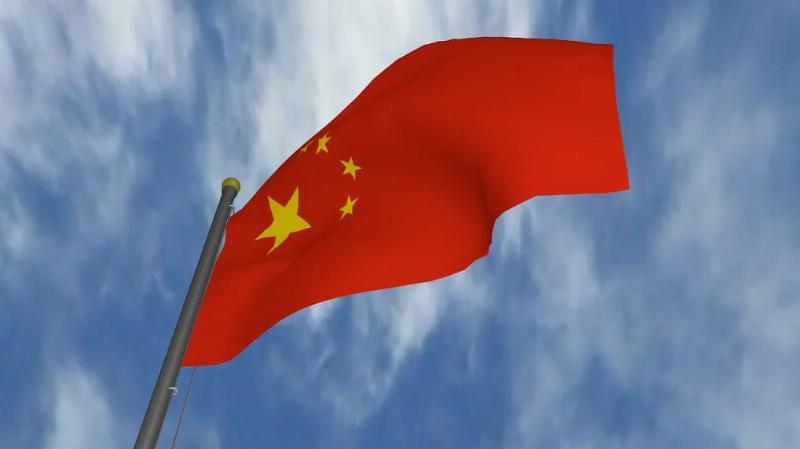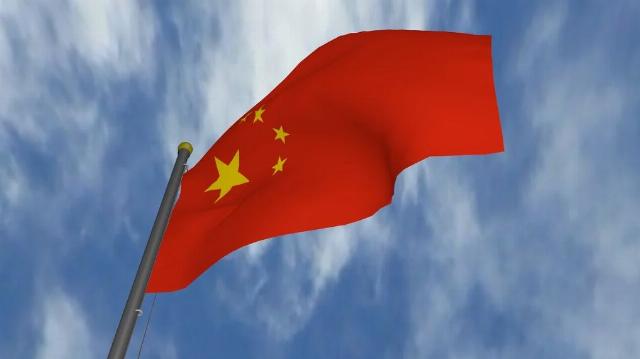


China has just played its rare-earth card — and the shock waves reach far beyond trade.
On October 9, Beijing imposed sweeping new export controls on a broad array of rare-earth metals and high-tech components. These obscure elements — neodymium, dysprosium, samarium, holmium, erbium, and others — are the hidden arteries of modern power. They magnetize motors that steer drones and electric vehicles, harden the guidance systems of missiles, and enable the high-temperature performance of GPUs — the silicon engines that drive artificial intelligence. Whoever controls rare earths holds a potential chokehold on the digital and military age.
The Strategy behind the Squeeze
The new rules are no routine trade measure. They form part of a deliberate strategy to weaponize China’s near monopoly over materials essential to A.I. and advanced weapons production.
Under Ministry of Commerce Notice No. 61 (2025), China now requires exporters — including foreign firms — to obtain permits not only for raw rare earth metals, but for any device containing more than 0.1 percent Chinese-origin material. The order also restricts exports of mining, smelting, magnet, and recycling technologies.
Beijing already refines roughly 85–90 percent of the world’s rare earths, including about 99 percent of global dysprosium supply, used in F-35 flight control systems and semiconductor capacitors. Chinese officials justify the move as a matter of “national security.” The timing tells another story: The decision lands weeks before President Trump’s planned summit with Xi Jinping, where trade and A.I. will dominate the agenda. By reminding Washington that every A.I. server, missile guidance unit, and E.V. motor depends on metals refined in China, Xi hopes to extract concessions on tariffs and technology restrictions. It is economic coercion wrapped in mineral diplomacy.
Minerals as the New Oil of the A.I. Cold War
Just as petroleum fueled the mechanized wars of the twentieth century, dysprosium and neodymium now fuel the algorithmic wars of the twenty-first. GPUs — the beating heart of A.I. — rely on rare-earth dopants for magnetic stability at extreme heat.
Precision-guided munitions, stealth aircraft, satellite communications, and submarine sonar arrays all depend on rare earth alloys. Semiconductors enable A.I., A.I. enables weapons, and weapons depend on rare earths. By throttling supply, China threatens not merely chip output, but the nervous system of Western military power.
Weaponized Dependence Can Boomerang
Beijing’s leaders remember 2010, when a rare earth embargo against Japan backfired spectacularly. Tokyo diversified, invested in recycling, and helped open new mines in Australia and the U.S. Within three years, China’s market share and prices collapsed.
Today, Xi risks repeating that mistake on a global scale. The Critical Minerals Initiative and the CHIPS Act are already fast-tracking domestic mining in Texas and Wyoming, backed by Pentagon procurement guarantees. Australia’s Lynas, Canada’s Vital Metals, and new refining projects in Saskatchewan and Western Australia are ramping up. Japan and South Korea are stockpiling; Europe is recycling; and African partners are exploring joint ventures with U.S. firms.
China’s squeeze could accelerate the very decoupling it fears most, creating a parallel, democratic supply chain. The tighter Xi’s grip, the faster the world slips free from Beijing’s rare earth monopoly.
Minerals, Missiles, and the A.I. Arms Race
Rare earths are not just about smartphones or electric cars; they are the lifeblood of arsenals. Each F-35 fighter contains roughly 920 pounds of rare-earth materials — embedded in avionics, actuators, and radar systems. Destroyers and submarines require tons more.
Beijing’s export bans on samarium, holmium, and erbium explicitly target these defense applications. The message: If America curbs China’s chip access, Beijing will retaliate at the raw material level. It is deterrence by supply disruption.
But such gambits rarely end well. From OPEC’s oil shock to Russia’s gas wars, the West has faced resource extortion before — and emerged stronger through innovation and alliance. The United States still leads in geological expertise, processing technology, and military logistics. Mobilized properly, these strengths can dismantle any monopoly, even one built on the Periodic Table.
A Western Industrial Awakening
Ironically, China’s aggression may trigger a Western renaissance. Congress now treats mineral independence as national security doctrine. The Pentagon is expanding the Defense Production Act to cover rare earth refining, while start-ups in Colorado and Texas pioneer closed-loop extraction systems that minimize environmental impact.
Allied governments are linking their mining sectors through a Five Eyes Critical Minerals Compact, sharing geological data and financing. Private industry is re-engineering components to reduce heavy rare earth use. Universities are developing magnet alternatives like iron-nitride alloys. Crisis breeds creativity — and this one could achieve in a decade what complacency failed to do in thirty years.
Conclusion: The Weapon that Could Backfire
China’s rare earth crackdown is bold, punitive, and risky. In the short term, it may disrupt chipmakers and defense contractors. But over time, it may awaken exactly what Beijing dreads most — a unified, self-reliant West.
In this A.I. Cold War, minerals are the new munitions. Yet the free world still holds the ultimate arsenal: innovation, alliance, and moral conviction that technology must serve people, not the Party. If Xi Jinping miscalculates, his mineral weapon may spark the next arsenal of freedom.
Robert L. Maginnis is a retired U.S. Army infantry officer and the author of thirteen books. His new book, AI for Mankind’s Future, will be released later this month.

Image via Pixabay.
